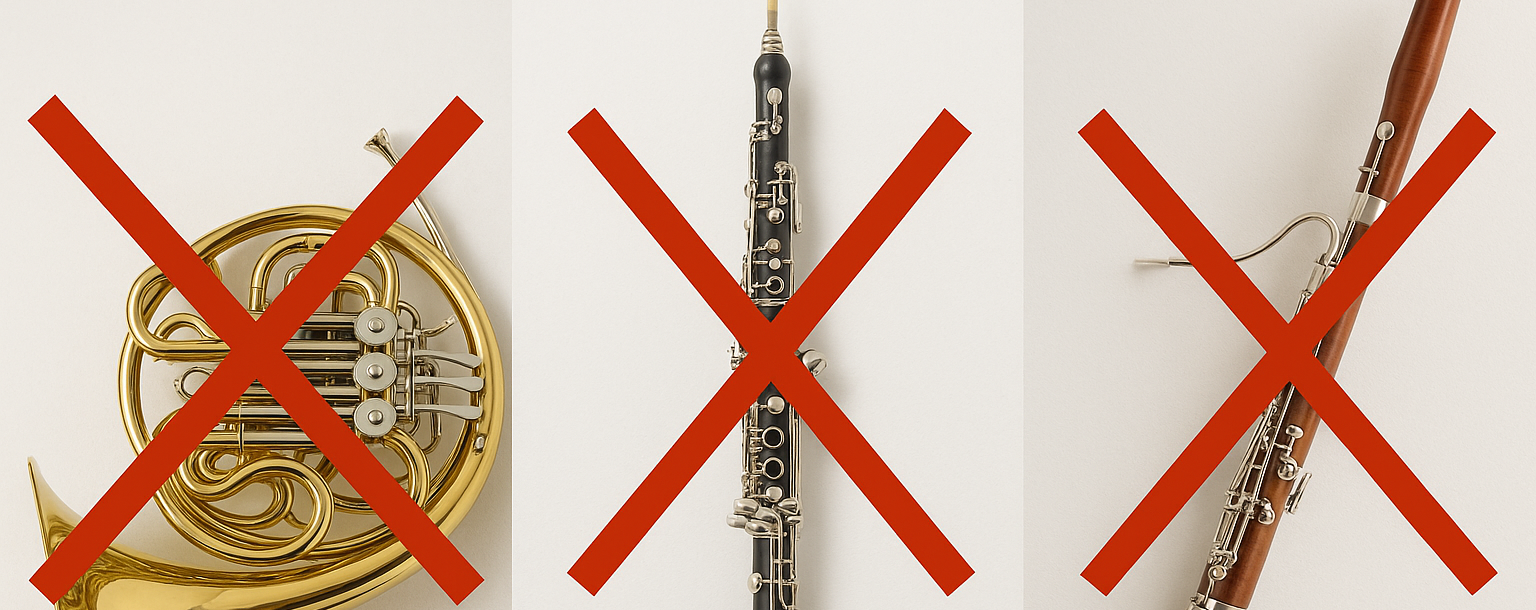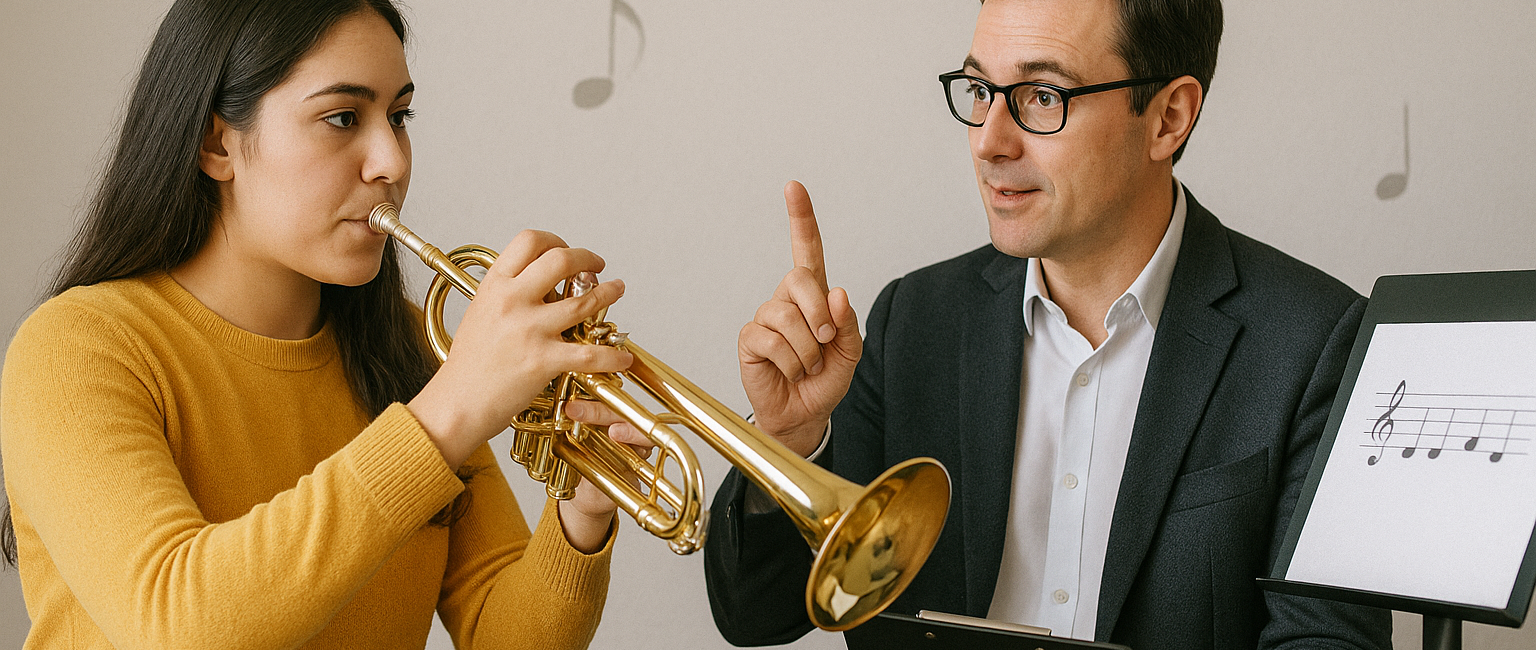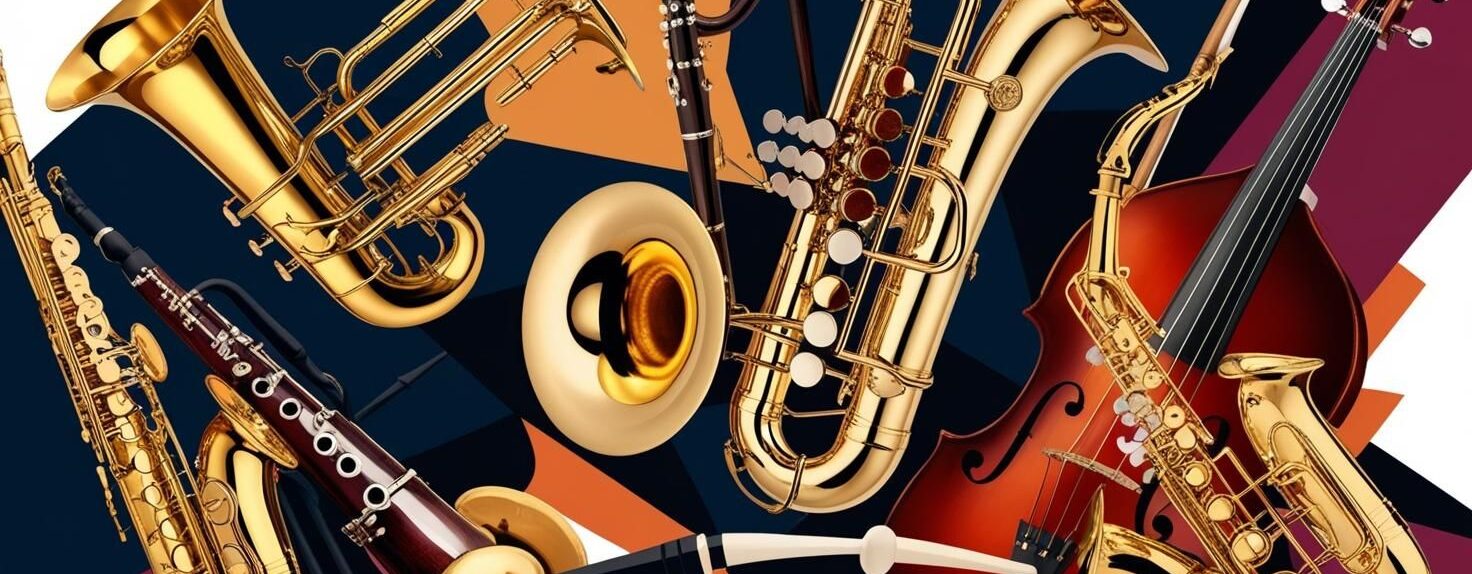So, there’s this wild world of musical instruments out there, each with its own quirks and personalities. When you’re thinking about picking your first instrument, it helps to know what you’re in for. Some instruments just naturally come with more rollercoaster moments than others.
First off, let’s chat about why some instruments can feel like solving a Rubik’s Cube in the dark. A lot of it has to do with the design of the instrument itself. The more keys, valves, or strings, the more there is to juggle. Then there’s the whole physical aspect—how you hold it, blow into it, or pluck it can totally change the game.
People often toss around terms like ‘hard’ or ‘easy’ when talking about instruments, but it’s not always that cut and dry. What might be tough for one person could be a breeze for another, all depending on things like physical attributes and musical background. It’s super important to remember that your own interest and natural vibe with an instrument count for a lot in this journey.
Choosing which instrument to start with isn’t just about picking the coolest-looking one, though that’s totally tempting. It’s about finding something that clicks with you and doesn’t feel like you’re trying to decipher a new language on day one. Sometimes, starting with something more straightforward can keep the motivation high and the frustration low.
The French Horn: A Symphony’s Challenge
The French horn’s got this almost mythical reputation among musicians—it’s like a rite of passage for some. But let’s be real, it’s also one of the trickiest beasts in the brass family. Its design includes more twists and turns than a pretzel, which means mastering it requires a lot of finesse and patience.
One of the biggest hurdles with the French horn is its tight range for hitting the right note. Tiny shifts in your lip position can mean the difference between nailing a note or sounding like a honking goose. That’s a lot of pressure, especially for a young musician just starting out.
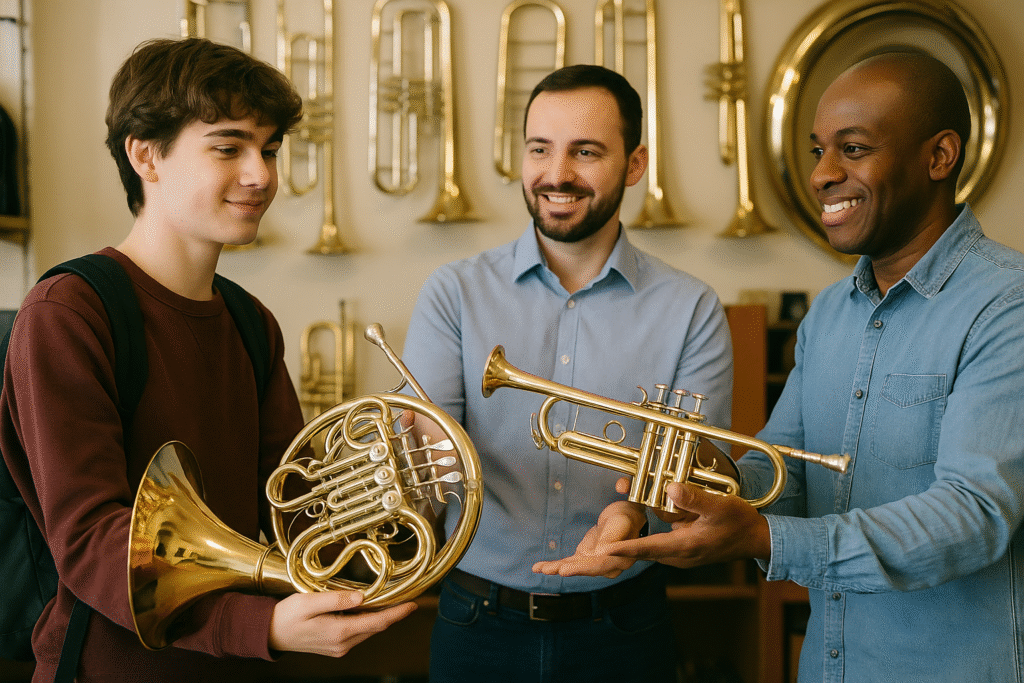
Now, if you’re a young student itching to jump into the brass world, the trumpet could be your best friend. It’s generally more forgiving and helps newbies grasp the basics. The trumpet eases you into the whole brass experience without making you feel like you need to be a prodigy to play anything recognizable.
Another reason to consider starting with the trumpet is the speed of initial progress. With a bit less complexity and a friendlier learning curve, you can start playing catchy tunes sooner. It builds confidence and keeps the enthusiasm alive, setting a solid foundation for tackling more challenging instruments later, like the French horn.
Think of it as building your musical chops step by step. Just like you wouldn’t start with advanced calculus before mastering basic math, easing into brass with the trumpet makes the journey way smoother and definitely more enjoyable. After some trumpet time, the French horn won’t seem nearly as daunting at all.
The Oboe and Bassoon: Woodwind Wonders with a Steep Learning Curve
Navigating through oboes and bassoons can be like trying to solve a giant puzzle. They belong to the woodwind family and are known as double reed instruments. This means you blow through two thin pieces of cane tied together, which is a lot trickier than it sounds.
Let’s just say, getting the reed right is a whole thing. Keeping it moist, in good working condition, and learning how to make or adjust it eventually is part of the challenges that come with playing these instruments. They require super precise control and have a penchant for squeaks if not handled delicately.
Now, for those who want to start their woodwind journey, kicking things off with the clarinet or saxophone might be smoother sailing. These instruments use a single reed, making them a bit friendlier for beginners. It allows you to focus more on learning to play notes and less on fussing with reeds.
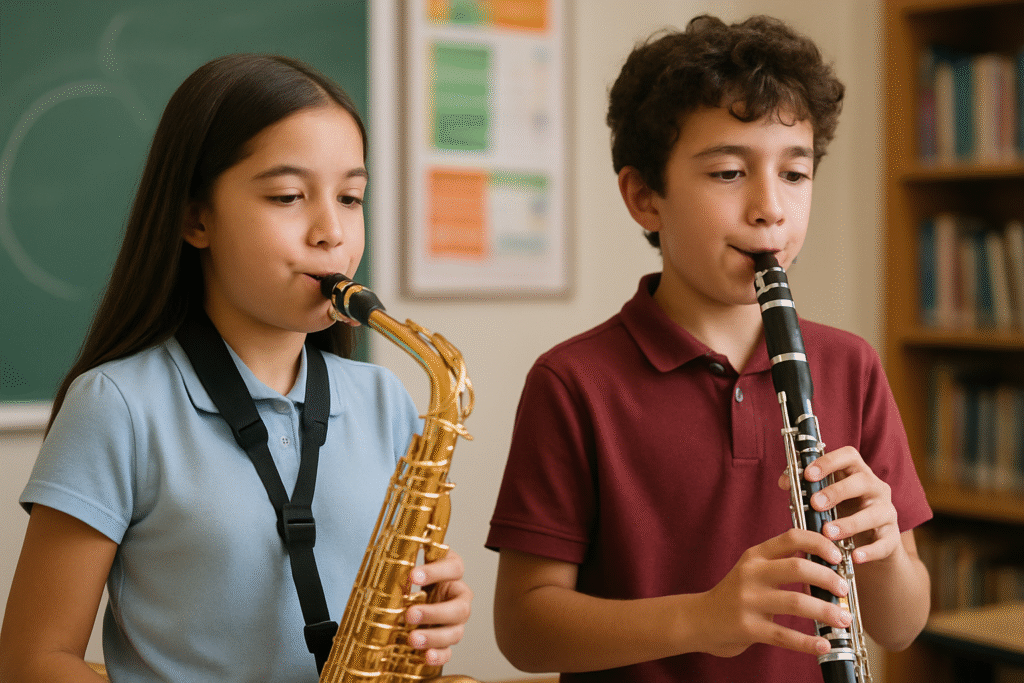
The saxophone and clarinet help young players understand fundamentals like breath control and fingering without the added pressure of managing two reeds. This means you can make music and have fun faster, which is key to staying motivated when you’re starting out.
Once you’ve established a solid base with the clarinet or saxophone, naturally moving to more intricate instruments like the oboe and bassoon feels less intimidating. It’s all about building up your skills and confidence before tackling the big guns. You don’t get overwhelmed, and music stays a joyful adventure, not a chore.
Guiding Young Students to Successful Musical Journeys
Choosing the right instrument can set the stage for a lifelong love affair with music. It’s about finding that sweet spot where enthusiasm meets capability. Picking something too complicated early on might cause more frustration than joy, and we definitely want to keep the music vibe fun and inviting.
It’s super helpful for educators and mentors to step in here, offering guidance based on experience and keen observations. Every student has their unique rhythm, and recognizing that can help us steer them toward an instrument that fits their personal style and developmental stage.
Crafting a personalized path isn’t just about picking the easiest route. It’s about laying a solid foundation where skills can be gradually layered, making each learning milestone a triumph. Recognizing what to avoid is just as important as knowing what to go for, particularly at the start of the journey.
When students begin with less complex instruments, they’re more likely to stick around long enough to learn, grow, and eventually transition to more challenging musical adventures. It’s about fostering a sense of achievement and keeping spirits high as they navigate their musical path.
Always encourage a sense of exploration and curiosity. Music should be about discovering what makes you tick, and sometimes that means trying a few different instruments on for size. After all, music offers endless possibilities and paths to explore.


